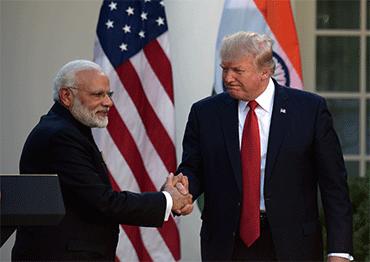The current mechanism for border talks between China and India originated in the 1990s. As China shifted focus to economic development, it adopted policies to de-escalate border disputes and foster political trust with all neighboring countries, including India.
According to Professor Lin Minwang, assistant dean at the Institute of International Studies at Fudan University and deputy director of the school’s Institute of South Asia Studies, these measures included designating a two-kilometer corridor on both sides of the border area that would be free of military activity.
The strategy soon paid off. During the 1990s, China managed to settle territorial disputes with most of its contiguous neighbors, including Tajikistan, Kazakhstan, Kyrgyzstan, Laos and North Korea. After signing agreements with Vietnam (1999) and Russia (2004) after longstanding border disputes, China had settled outstanding border issues with 12 out of its 14 contiguous neighbors. The exceptions are India and Bhutan, the small Himalayan kingdom widely considered by Chinese experts as a protectorate of India.
While talks between China and India resulted in agreements that helped to stabilize the situation on the ground, negotiations to demarcate the border soon came to a stalemate.
According to Lin, the primary reason is that given the sensitivity of the issue, Indian governments “lack either the political will or the political capacity” to engage in serious talks regarding settling the border disputes. “Over time, India shifted its focus to the demarcation of the LAC,” he said.
But there are no fewer controversies surrounding the LAC either. China recognizes the line proposed by the late Chinese Premier Zhou Enlai in November 1959. It was the first time the term was raised, which was rejected by the then Indian Prime Minister Jawaharlal Nehru. Under Nehru’s “forward policy,” Indian troops advanced into the border area, which eventually led to the China-India border war in 1962.
Unwilling to admit defeat, India insisted on the LAC which was demarcated just before the war broke out in September 1962, which carves out for India some of the territories China recovered during the war, Lin said. “Most of the standoffs in the past years took place in the overlapping area of the two lines,” Lin added.
According to Lin, following a period of relative stability in the 1990s and 2000s, there has been a surge in border region standoffs since Prime Minister Narendra Modi took power in 2014.
“India seems to have adopted a different mindset in handling border disputes now,” Lin told NewsChina, “While China’s priority for border disputes is crisis control, India has entered and laid claim to previously undisputed territories under China’s control.”
Lin said that this explains why standoffs in recent years typically took place on the western part of the border where the majority of the disputed territory is under China’s control.
By comparison, the eastern part, where most disputed territory is under India’s control, is rather quiet “because China does not seek tochallenge India’s de facto control,” Lin added.
The most noted example is the 2017 standoff in the Doklam region. India sent hundreds of troops beyond the undisputed part of the border into China-controlled territories along its border with Bhutan. It took over more than 70 days of negotiations before New Delhi withdrew its troops.

 Old Version
Old Version


